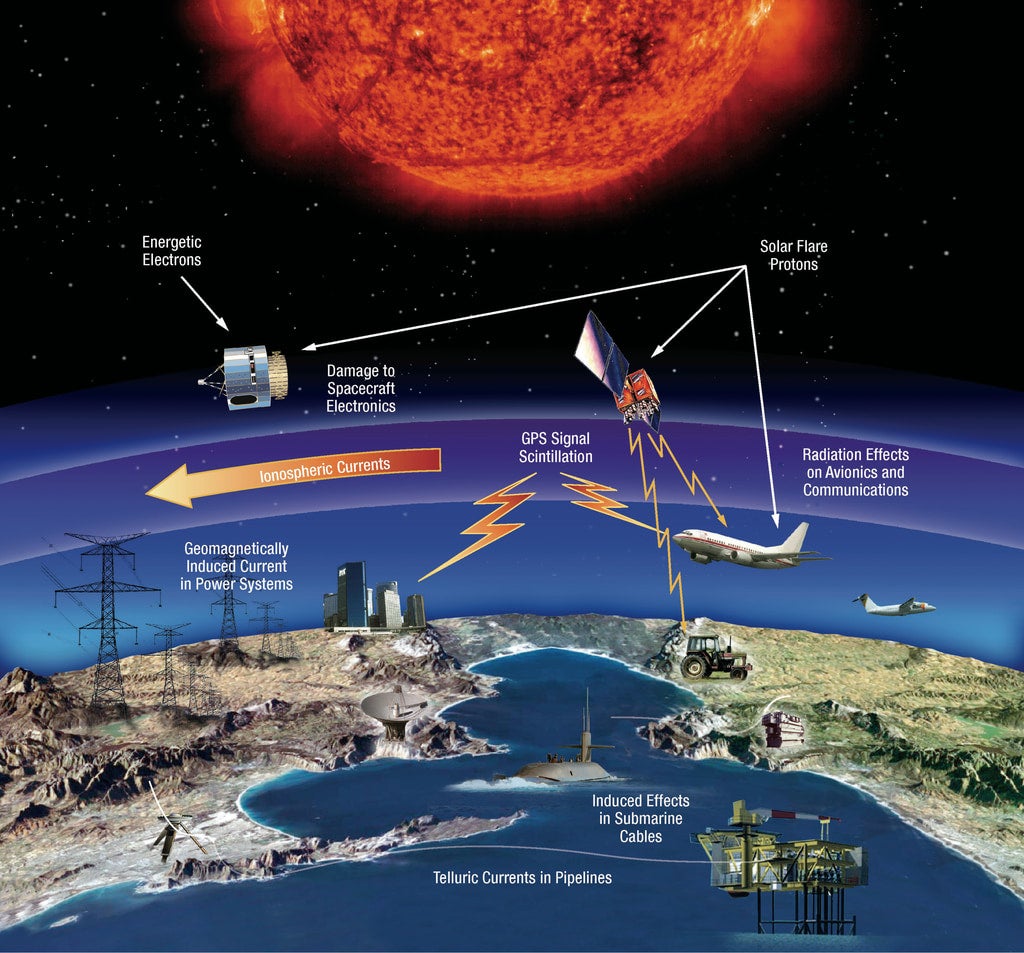Impact of solar storm from 12350BC could be much worse than what we knew
Findings could be key for evaluating risks posed by future solar storms to modern infrastructure
The most powerful solar particle storm known to date struck Earth in 12350 BC, according to a new study that sets a “new worst case scenario” for humanity from such colossal space weather events.
The latest findings, published in the journal Earth and Planetary Science Letters, confirm that the extreme event from 14,300 years ago is nearly 20 per cent stronger than the notorious 775 AD solar storm, known until now as the strongest.
"Compared to the largest event of the modern satellite era – the 2005 particle storm – the ancient 12350 BC event was over 500 times more intense," said astronomer and study author Kseniia Golubenko from the University of Oulu in Finland.
Solar particle storms are emissions from the Sun packed with an enormous amount of high-energy particles.

While rare, they can be several times more devastating than the kind of solar storms that batter Earth every year, creating spectacular auroras and the occasional power blackouts.
Large solar particle storms are known to have occurred around 994 AD, 663 BC, 5259 BC, and 7176 BC, and a few other candidates are under investigation.
These storms were “up to three orders of magnitude stronger than” any solar particle event observed directly by satellites in the modern age, according to a study published last year.
Researchers warn that if such a solar particle storm were to hit Earth when its magnetic field is weakened, it could damage DNA in humans and impair aquatic ecosystems.
In the latest study, scientists developed a model to assess the solar particle storm intensity during the last Ice Age.
Such solar storms tend to enhance the normal production of radioactive forms of elements like carbon (14C) in the atmosphere by cosmic rays.

Radiocarbon gets preserved in annual tree rings, and spikes in its levels – known as Miyake events – serve as a cosmic timestamp for dating extreme solar activity and cosmic weather.
Researchers validated their new model using tree ring data from the 775 AD event, and then applied it to assess conditions during the dusk of the last Ice Age around 12350 BC.
Scientists assessed the strength, timing, and terrestrial effects of the most extreme solar particle event.
Their latest findings revise our understanding of solar physics and space weather extremes.
"This event establishes a new worst-case scenario,” Dr Golubenko says.
"Understanding its scale is critical for evaluating the risks posed by future solar storms to modern infrastructure like satellites, power grids, and communication systems,” she added.
Join our commenting forum
Join thought-provoking conversations, follow other Independent readers and see their replies
Comments